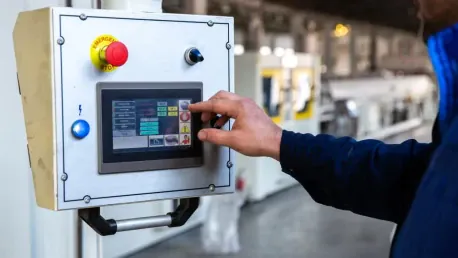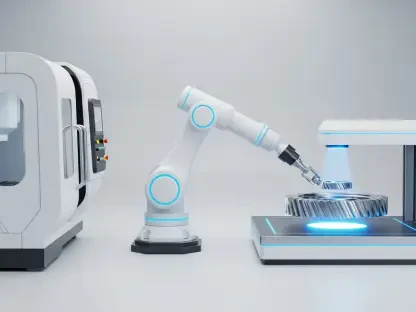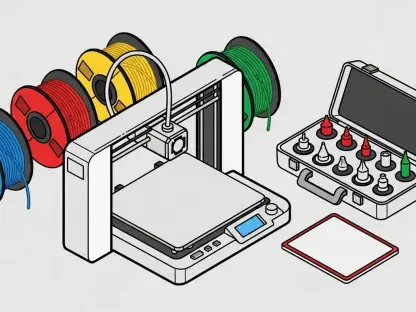The CNC (Computer Numerical Control) machine market is anticipated to see remarkable expansion, projected to rise from USD 101.01 billion in 2023 to USD 152.9 billion by 2030, growing at a Compound Annual Growth Rate (CAGR) of 6.1%. Such growth is driven by increasing automation and precision engineering adoption across various industries, highlighting a shift toward more streamlined and efficient manufacturing processes.
Context and Significance of Forecast
The CNC machine market’s growth trajectory holds crucial implications for numerous sectors, including aerospace, automotive, electronics, and healthcare. This analysis aims to dissect the factors propelling this market’s evolution, examining technological advancements, competitive dynamics, and regional disparities. Understanding these trends and projections aids stakeholders in navigating the competitive landscape and capitalizing on emerging opportunities.
Detailed Examination: Market Trends and Data
Technological Landscape and Major Players
Key players like Doosan Machine Tools Co. Ltd., FANUC Corporation, Yamazaki Mazak Corporation, Siemens, and HAAS Automation are at the forefront of the CNC machine revolution. These industry leaders are harnessing state-of-the-art technologies and engaging in strategic mergers and acquisitions to bolster their market presence. For instance, Siemens’ acquisition of Altair for $10.6 billion exemplifies the trend toward consolidating industrial software capabilities to elevate competitive positioning and technological innovations.
Regional Dynamics and Market Share Analysis
The Asia-Pacific (APAC) region commands a dominant market share at approximately 37%, bolstered by extensive manufacturing bases in China, India, and Japan. This dominance is underpinned by lower labor costs, rapid industrialization, and supportive government policies. However, China’s reliance on foreign high-end machine tools presents challenges in maintaining this lead. Meanwhile, the United States shows robust growth, driven by technological integration within aerospace, automotive, and electronics industries. Investments in smart factories and Industry 4.0 technologies also reflect a broader trend toward optimizing and modernizing manufacturing processes.
Emerging Markets and Strategic Considerations
Exploring further into regional dynamics, the Middle East and Africa are witnessing increased industrialization and infrastructure investments, driving demand for CNC machinery. Despite this growth, challenges such as high initial investment costs and a shortage of skilled labor could impede adoption rates in certain areas. Addressing these issues entails implementing localized training programs and financial incentives to encourage industry expansion.
Future Implications: Innovation-Driven Evolution
Several emergent trends and innovations are poised to redefine the CNC machine market. Integration of AI, IoT, and machine learning into CNC systems heralds a new paradigm of smart manufacturing. These advancements enable self-diagnosing machines, process optimization, and real-time production monitoring, enhancing efficiency and reducing downtime. Additionally, sustainable practices and energy-efficient designs indicate the industry’s commitment to environmental responsibility. Hybrid solutions combining additive manufacturing with traditional CNC machining offer increased flexibility, reduced material waste, and a forward-thinking approach.
Insights and Recommendations for Stakeholders
To leverage the projected growth and technological changes, businesses and professionals should prioritize adopting advanced technologies and forming strategic partnerships. Investing in smart factories and embracing Industry 4.0 technologies will enhance operational efficiency and competitive edge. Staying informed about regulatory shifts and evolving market needs ensures agility and resilience in a dynamic landscape.
Reflection and Strategic Directions
The CNC machine market has seen substantial growth driven by automation, strategic consolidations, and technological advancements. The forecast highlights significant investments aimed at integrating smart manufacturing technologies and sustainable practices. APAC’s dominance is challenged by its dependency on foreign technologies, while the United States and Europe gain traction through technological integration and strategic acquisitions. Emerging regions like the Middle East and Africa show promise despite facing hurdles. Strategic focus on advanced technologies and sustainability is essential for navigating the competitive landscape and capitalizing on growth opportunities by 2030.









